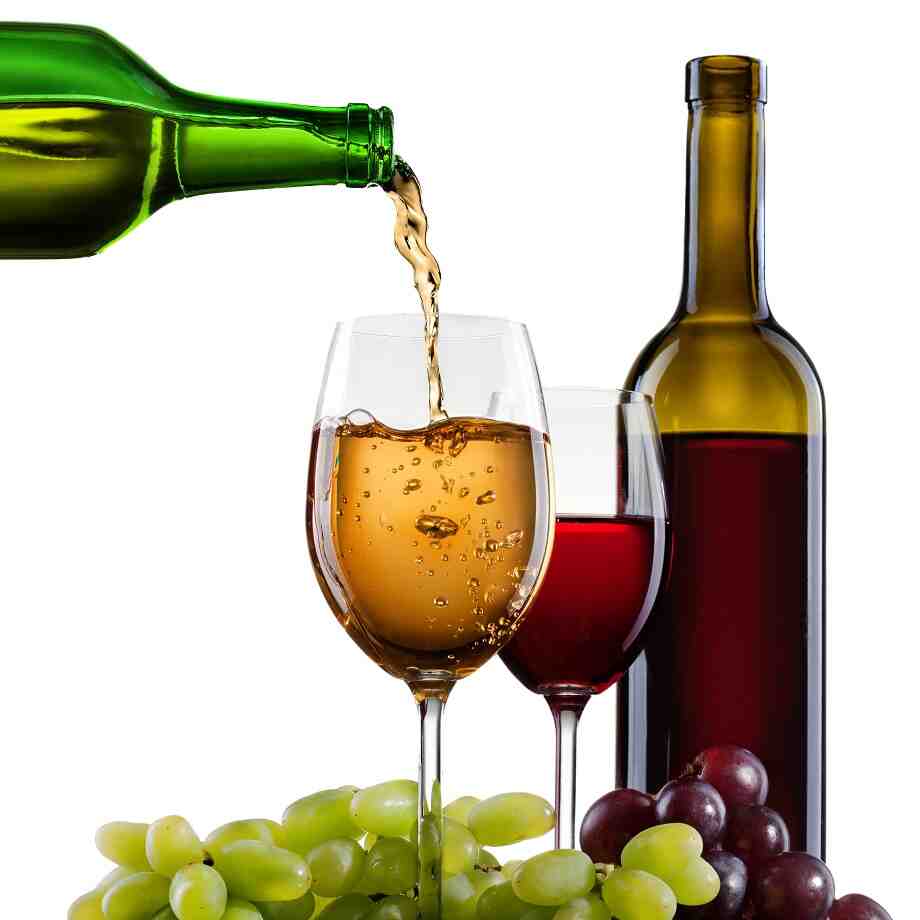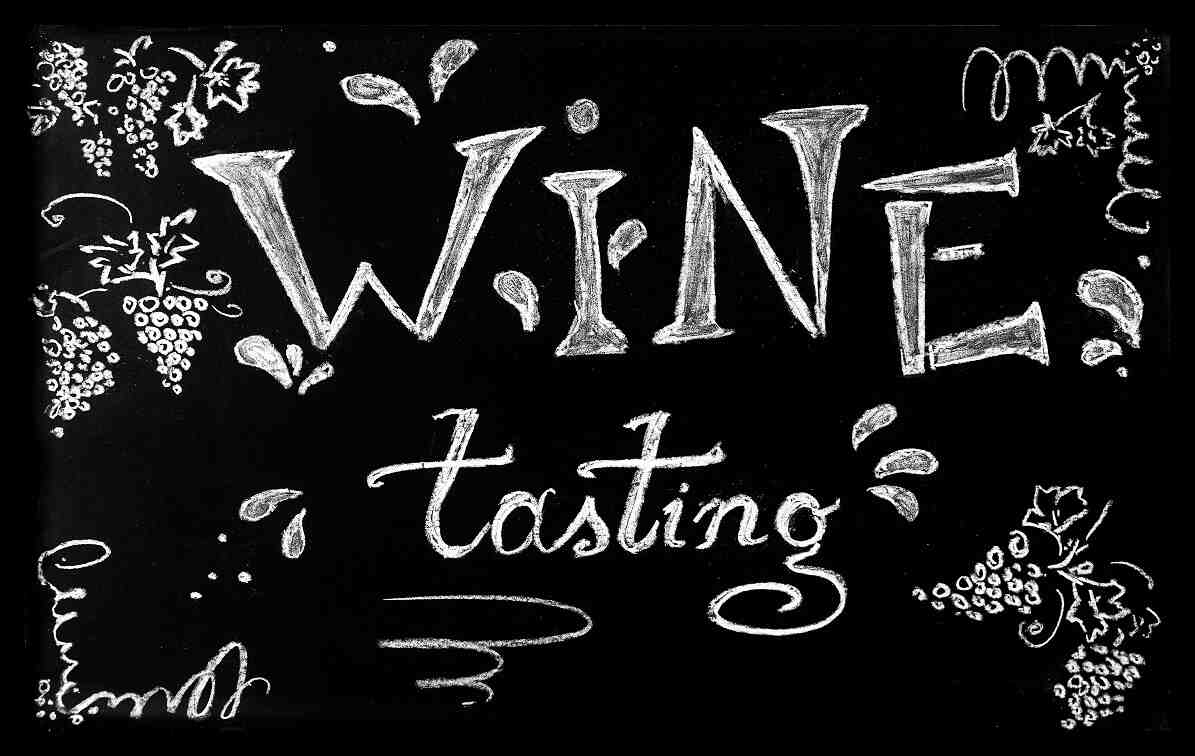A Beginner’s Guide to Wine Tasting
Wine tasting is an enjoyable and insightful activity that can be both relaxing and educational. Whether you’re sipping a glass of red at dinner, attending a formal tasting event, or simply curious about wine, understanding how to taste wine properly can enhance your experience. Wine tasting isn’t just about savoring a drink—it’s about exploring the different layers of flavors, aromas, and textures that each wine offers. This guide will walk you through the basics of wine tasting, from understanding the fundamentals to developing your tasting skills.
1. Understanding the Basics of Wine Tasting
Before we dive into the steps of tasting, it’s important to grasp a few key concepts about wine.
- Wine Varieties: There are thousands of different types of wine made from various grape varieties. Red wines are typically made from darker grapes, while white wines are made from green or yellowish grapes. Rosé wines are usually made from red grapes but have less skin contact during fermentation, which gives them their lighter color.
- Wine Styles: Wines can be categorized into dry, sweet, still, sparkling, and fortified. Dry wines have little to no residual sugar, while sweet wines are rich in sugar. Still wines are the most common, while sparkling wines contain bubbles due to carbonation, and fortified wines like port have added alcohol.
- The Importance of Terroir: Terroir is a French term that refers to the unique combination of soil, climate, and environment where the grapes are grown. Terroir plays a significant role in shaping a wine’s characteristics, making wines from different regions distinct even if they are made from the same grape variety.
2. The Wine Tasting Process: A Step-by-Step Guide
Wine tasting isn’t just about drinking—it’s a sensory experience that involves your eyes, nose, and mouth. When you taste wine, you’ll assess its appearance, aroma, taste, and aftertaste. Here’s a step-by-step breakdown of the process:
Step 1: Look at the Wine
The first step in wine tasting is to examine the appearance of the wine. Hold your glass by the stem to avoid warming the wine with your hands. Tilt the glass slightly against a white surface, like a napkin or tablecloth, to observe the wine’s color and clarity.
- Red Wines: Red wines range from deep purple to light ruby or garnet. The depth of the color can indicate the intensity of the wine’s flavors, with darker wines typically being bolder.
- White Wines: White wines can be pale yellow to golden or even amber. The color can suggest the age of the wine, with older white wines tending to have a deeper golden hue.
- Clarity: The wine should be clear and free from any particles. Cloudy wines could indicate that they have been improperly filtered or have aged poorly.
Step 2: Smell the Wine
The next step is to smell the wine, which will give you an early sense of its flavor profile. Swirl the wine gently in the glass to release its aromas. When you take a sniff, try to identify the different scents in the wine.
- Primary Aromas: These come from the grapes themselves. Fruity, floral, herbal, or citrusy notes often fall under this category.
- Secondary Aromas: These are created during the fermentation process. Yeasty, bready, or oaky notes can often be detected, especially in wines aged in barrels.
- Tertiary Aromas: These develop over time as the wine ages. Notes like tobacco, leather, or earthy smells are often associated with older wines.
Take a few short sniffs, followed by a longer inhale to fully assess the wine’s bouquet. Don’t rush this step—it’s a crucial part of the wine tasting experience.
Step 3: Taste the Wine
Now comes the most enjoyable part: tasting the wine. Take a small sip and allow the wine to coat your entire palate. Pay attention to its structure and complexity. There are a few key elements to focus on:
- Sweetness: Does the wine taste sweet, dry, or somewhere in between? Sweetness is a critical component of a wine’s overall balance.
- Acidity: Acidity gives wine its refreshing quality. High acidity can make a wine taste crisp and clean, while low acidity can result in a flatter or duller flavor.
- Tannins: Tannins come from grape skins, seeds, and stems, and they contribute to the texture of red wines. They create a dry, puckering sensation in your mouth and can vary from soft and smooth to harsh and astringent.
- Body: The body of a wine refers to its weight and mouthfeel. Full-bodied wines feel rich and heavy, while light-bodied wines are more delicate and airy.
- Flavor Profile: As you taste the wine, consider its flavor. Does it have fruity notes, earthy undertones, or spicy flavors? Try to identify the flavors that you perceive and compare them to the aromas you noticed earlier.
Step 4: Assess the Aftertaste
The finish, or aftertaste, is a critical component in evaluating wine quality. After swallowing the wine, pay attention to the flavors that linger on your palate. A wine with a long, pleasant finish often indicates quality. If the flavors disappear quickly or are unpleasant, the wine may not be as balanced.
3. Wine Tasting Terminology to Know
Wine tasting comes with a vocabulary that can seem overwhelming at first, but understanding key terms can enhance your tasting experience:
- Complexity: Refers to the layers of aromas and flavors in the wine. A complex wine is one that evolves in the glass and on the palate.
- Balance: A well-balanced wine has a harmonious relationship between sweetness, acidity, tannins, and alcohol. No single element overpowers the others.
- Finish: The aftertaste left on your palate after you swallow the wine. A good finish is long-lasting and pleasant.
- Legs: The streaks of wine that form on the inside of the glass after swirling it. Legs can indicate the alcohol content or sugar levels in the wine.
- Vintage: The year the grapes were harvested. Wine made from grapes from a single vintage is called a “vintage wine,” while wines made from blends of different years are called “non-vintage.”
4. Tips for Beginners
If you’re new to wine tasting, here are a few tips to help you get the most out of the experience:
- Start with the Basics: Begin with a few different wines—perhaps a red, a white, and a rosé—to get a sense of the variety of flavors.
- Take Notes: Keep a wine journal to track your impressions of different wines. Note the color, aroma, flavor, and finish to refer back to later.
- Trust Your Palate: Everyone experiences wine differently. There’s no right or wrong way to taste. If you like a wine, that’s what matters most.
- Don’t Rush: Take your time with each wine. Wine tasting is a sensory experience, and there’s no need to hurry through it.
- Experiment with Pairing: Wine tasting is often paired with food. Experimenting with food and wine pairings can reveal new dimensions in both the wine and the dish.
5. Conclusion
Wine tasting is a wonderful way to explore the diversity and complexity of wines. By following the steps of looking, smelling, tasting, and assessing the aftertaste, you can deepen your appreciation for the wine in your glass. Whether you’re enjoying a glass at home, attending a tasting event, or dining at a restaurant, practicing wine tasting skills will enrich your understanding of wine and enhance your overall experience. With time and practice, you’ll develop your palate and learn to identify the subtle nuances that make each wine unique. So grab a glass, pour a wine, and begin your wine-tasting journey today!









